This creation is dedicated to all sailors who have sacrificed their lives for their country.
Operation history
USS Blower was decommissioned at the Naval Submarine Base New London on 16 November 1950, and transferred to Turkey under the Mutual Defense Assistance Program, where she was recommissioned as the second TCG Dumlupinar - an important name in Turkish history, and the name of the final and defining battle of the Turkish War of Independence. After serving Turkey for close to three years, TCG Dumlupinar was lost due to an accident on 4 April 1953, when, while returning from the NATO training mission "Blue Sea", she collided with the Swedish freighter M/V Naboland off Nara Point in the Dardanelles and sank. Ninety-four submariners died in the accident due to drowning, bodily injury, and carbon dioxide poisoning. Presently, the TCG Dumlupinar, along with its perished crew, lies in 90 meters depth.
The Dumlupinar Tragedy
Late evening on April 3, 1953, Turkish submarines TCG Inönü I and TCG Dumlupinar started their voyage home to the TAF Naval Yards in Gölcük after completing their respective missions in a regular NATO training exercise in the Mediterranean. On April 4, 1953 at 02:10am, they entered the Dardanelles (aka, Çanakkale Strait) en route to Gölcük with 96 crew members - 88 men inside the vessel, and 8 men on deck.
There was heavy mist in the strait that night, which severely limited visibility. Lieutenant Hüseyin Inkaya was on deck duty when the Dumplupinar was suddenly and violently struck by something unseen off Nara point - the narrowmost (1.2 km, 0.75 mi) and deepest (113 m, 370 ft) point of the Dardanelles, as well as the point where the currents are the strongest at up to 5 nautical miles versus 1-2 elsewhere on the strait. The eight crew members who were on deck at the moment of collision were thrown off into the water due to the force of the impact, with two of them dying terribly in the sub's propellers, and one drowning in the ensuing commotion.
Dumlupinar had been rammed by Swedish cargo ship M/V Naboland in her bow torpedo room on the starboard side, and started to take water from her front compartments. Due to the gravity of the damage caused, and the subsequent explosion in her central compartment, Dumlupinar sank within minutes. Most communications were severed along with any electrical power. The 88 surviving men inside the submarine, seeing that the vessel was taking water from the bow, tried to reach the stern to seek shelter in the torpedo room, with many of them perishing in the rapidly rising waters. Of the original 88, only 22 were able to reach and lock themselves in the stern torpedo compartment, and released an emergency communications buoy with the hope of contacting surface rescue workers.
Shortly after the collision, a customs ship that was anchored in nearby Eceabat Harbor was alerted to the incident by a small motorboat that had heard the impact, and had implored them to get to the scene. When the customs ship reached the site of the incident, they saw that M/V Naboland had lowered their rescue boats and life jackets to aid any surviving members of Dumlupinar, and were firing flares to alert potential rescue workers in the area. The customs ship accepted on board the five rescued sailors from Dumlupinar that had not gone down with the submarine, and took them to local hospitals. Three of the hospitalized officers succumbed to their injuries the next day.
Nobody on the surface was aware of the level of casualties at the time, and authorities called the rescue vessel Kurtaran to the scene to help the remaining sailors. While waiting for Kurtaran, the sun began to rise, the heavy mist started to clear, and the customs ship spotted the emergency communications buoy that had been released by the trapped sailors. Second handsman of the customs ship Selim Yoludüz reached for the phone located inside of the communications buoy and read the inscription on it, which said, "The submarine TCG Dumlupinar, commissioned to the Turkish Navy, has sunk here. Open the hatch to establish contact with the submarine".
Following these directions, Yoludüz established contact with the sunken submarine, and was responded to by Lieutenant Selami Özben, who informed Yoludüz that the submarine was leaning 15 degrees to the starboard side after impact with a cargo ship, and that the surviving 22 members of crew were locked away in the stern torpedo compartment with no power or supplies. Yoludüz, in turn, informed Lieutenant Özben that they were in the Nara Bay area of Çanakkale, at approximately 90 meters depth, that the rescue ship Kurtaran was on its way, and that they would do everything they can to rescue the trapped sailors.
Kurtaran arrived at the scene at approximately 11:00am on April 4, about 9 hours after the initial impact, alongside Admiral Sadik Altincan and Governor Safaeddin Karnakçi. Throughout the ensuing rescue operation, Lt.Özben kept in regular contact with Yoludüz, as well as the Admiral of the Çanakkale Sea Forces Zeki Adar, and the second captain of the sister submarine Inönü I, Suat Tezcan. The rescuers implored the trapped sailors to keep their spirits up, and advised them to refrain from talking, singing, or smoking in order to preserve precious oxygen.
Despite numerous attempts by engineers, divers, and US and Turkish navy vessels, the rescue efforts provided no results due to the severe currents and the sunken depth of the Dumlupinar, and the morale of the trapped crew began to decline. By afternoon time, the voices of the 22 sailors were quieting, and were being replaced by prayers. Finally, the rescue workers told the sailors, "Gentlemen, now you can talk, you can sing, you can even smoke". Lt. Özben responded with a final "For our country", and at approximately 15:00 (3pm) on April 4, the cable that was holding the communications buoy broke, and no more news were heard from Dumlupinar.
Despite the lack of communication, operations continued in order to rescue the trapped men, with the whole country following along via radio and newspapers. On April 7, 1953, three days after the accident, it was declared that the rising carbon dioxide levels inside the submarine would have killed any surviving crew, and the rescue operation was abandoned.
The following day, at 15:00 (3pm), a memorial ceremony was held on the ship Basaran.
The incident, which captured the attention of the whole country, has since inspired numerous songs and tributes in honor of the fallen sailors, and is commemorated every year on April 4.
Photo gallery
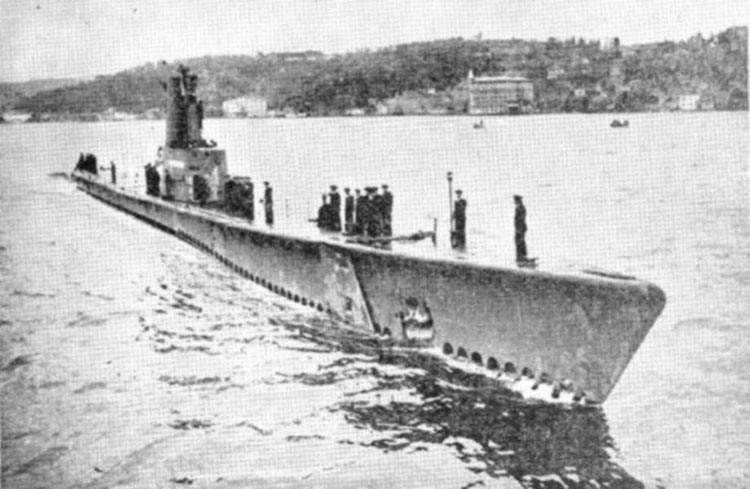
Preparation for anchoring in front of Dolmabahçe Palace Istanbul, 1953.
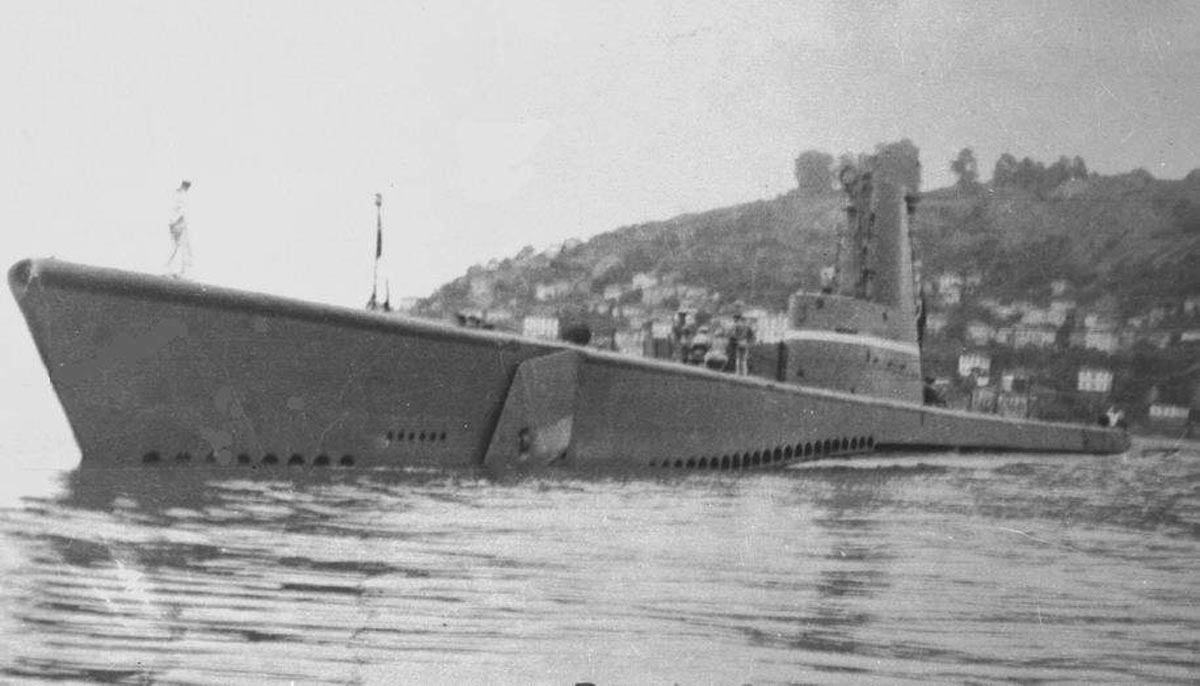
Port side view.
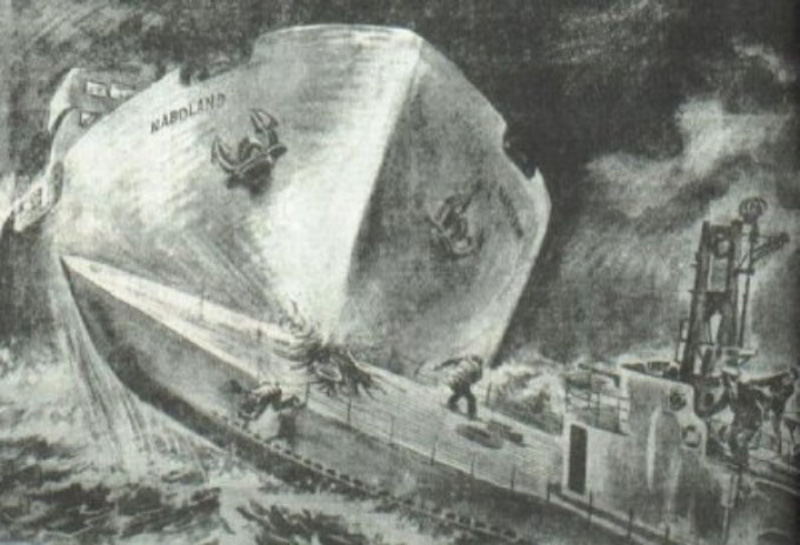
Illustration of M/V Naboland ramming the Dumlupinar (D-6).
Submarine controls
->Activation 7 for gyro
->Activation 8 for submarine controls
->Throttle for power
->Trip up for diving
i used pancelvonat's "AI WW2 Submarine" for hull.
Specifications
General Characteristics
- Created On Windows
- Wingspan 36.6ft (11.1m)
- Length 314.0ft (95.7m)
- Height 74.3ft (22.6m)
- Empty Weight 24,249lbs (10,999kg)
- Loaded Weight 24,249lbs (10,999kg)
Performance
- Wing Loading 204.8lbs/ft2 (1,000.0kg/m2)
- Wing Area 118.4ft2 (11.0m2)
- Drag Points 83779
Parts
- Number of Parts 202
- Control Surfaces 1
- Performance Cost 632

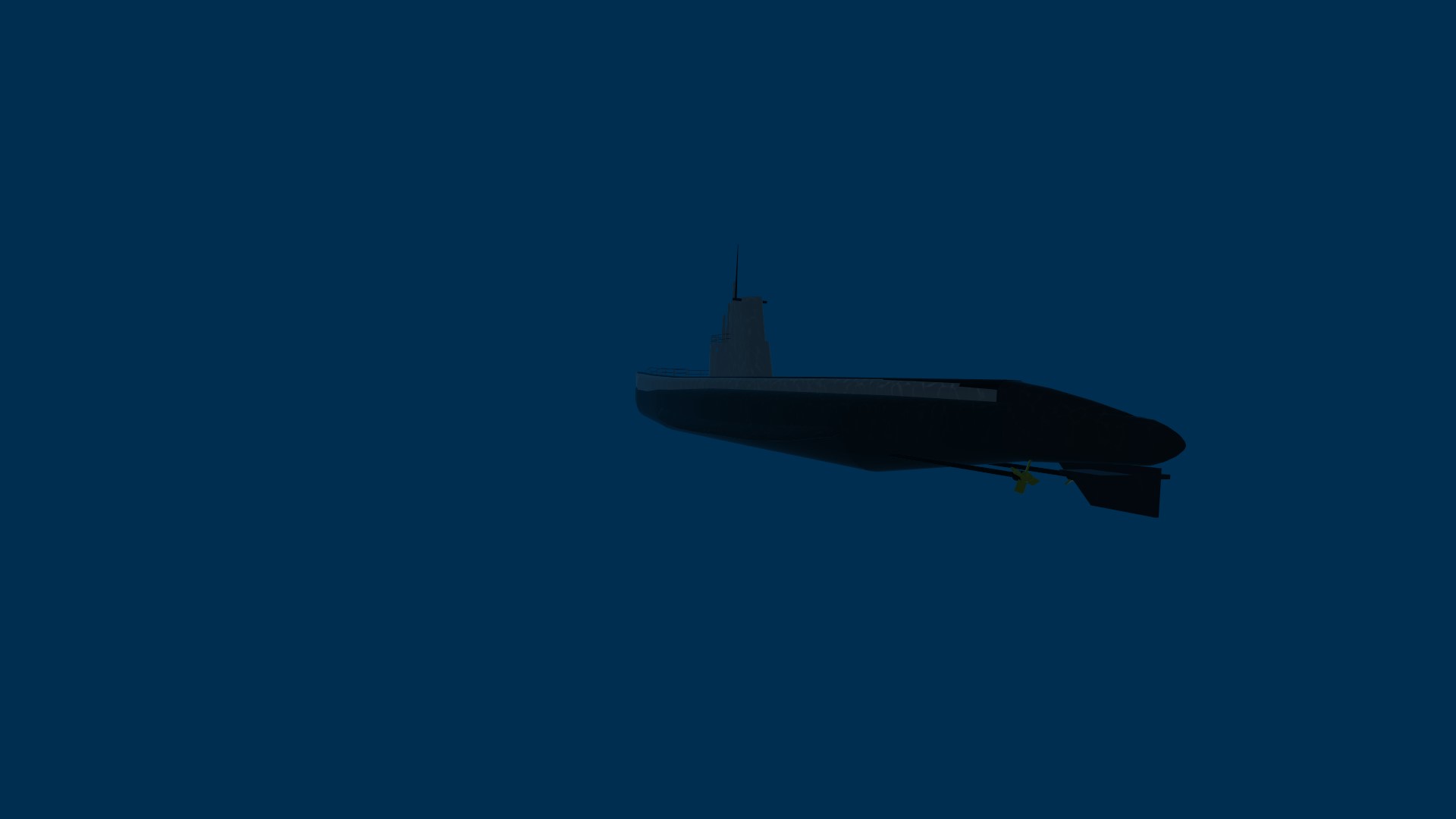
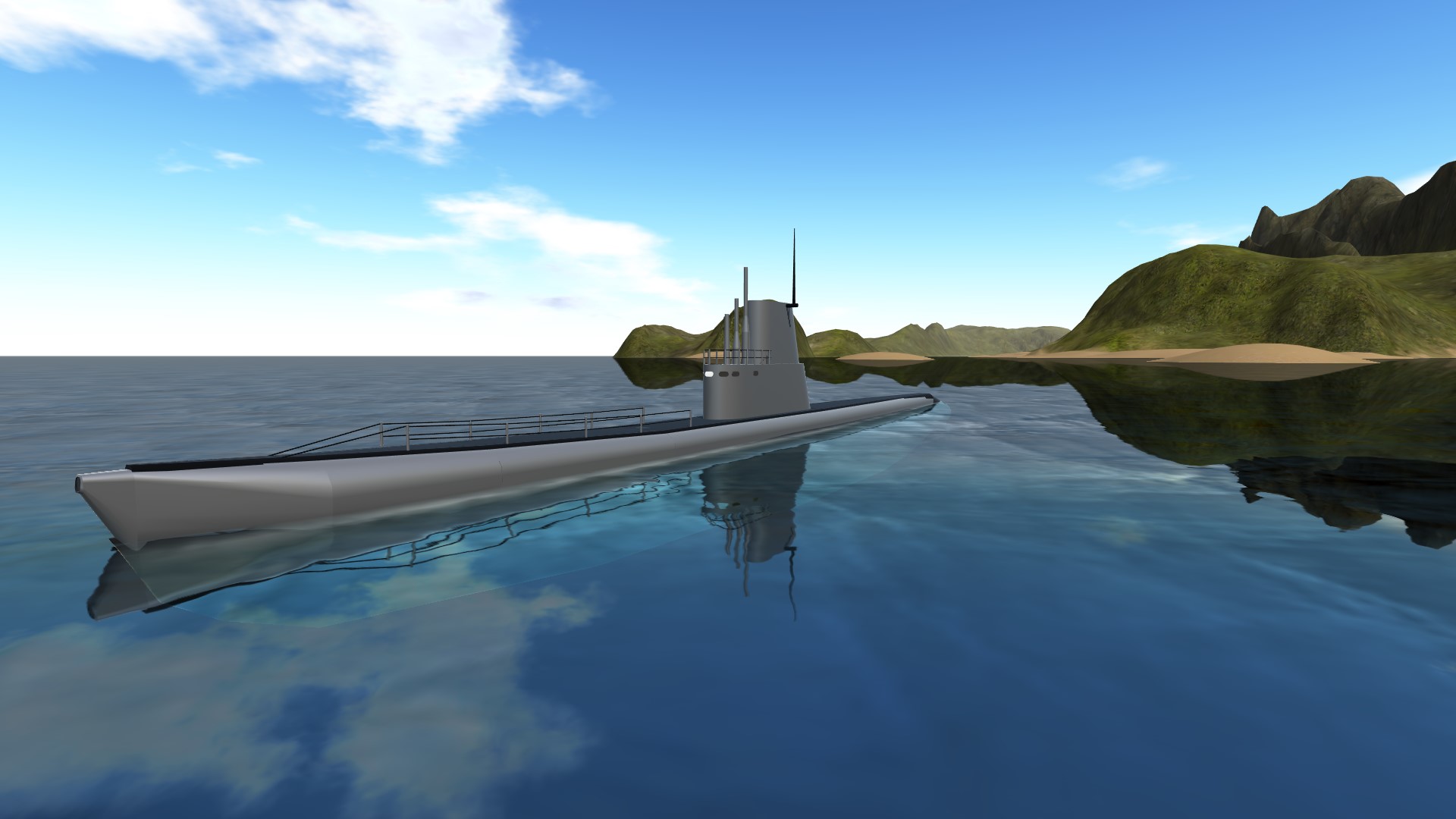
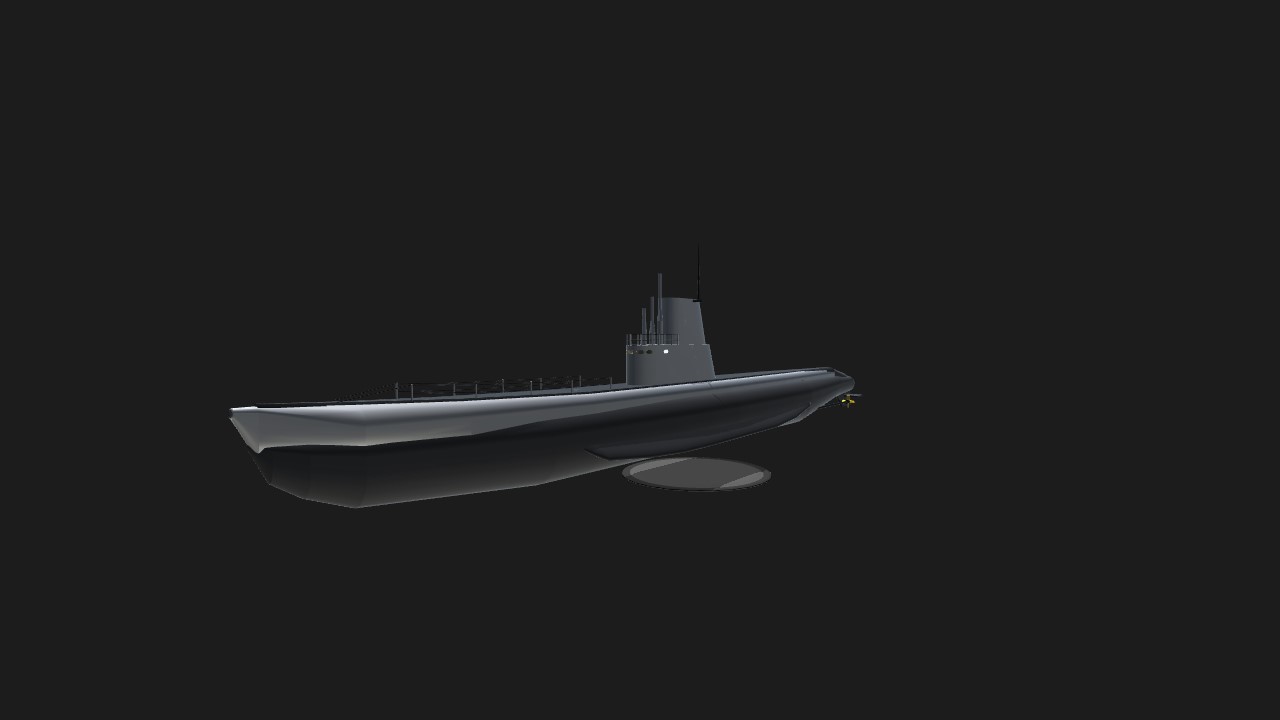
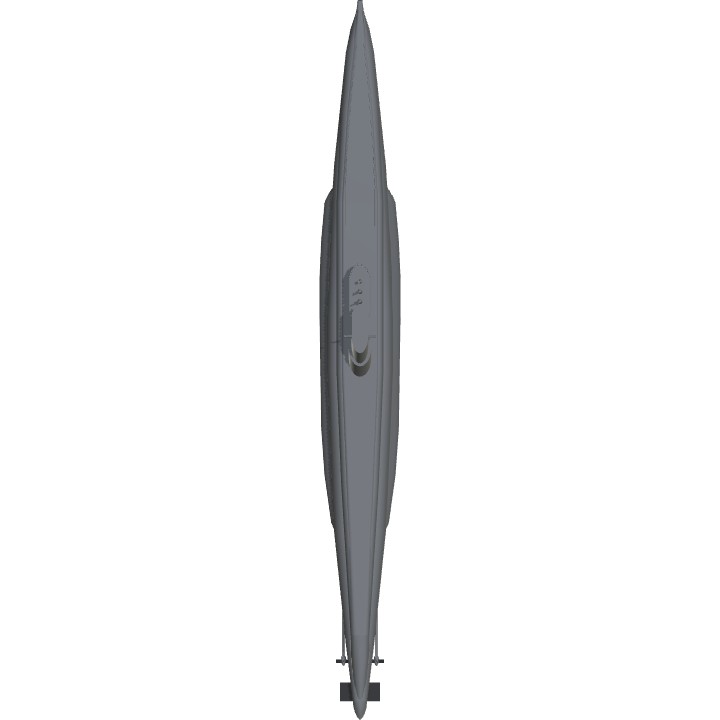
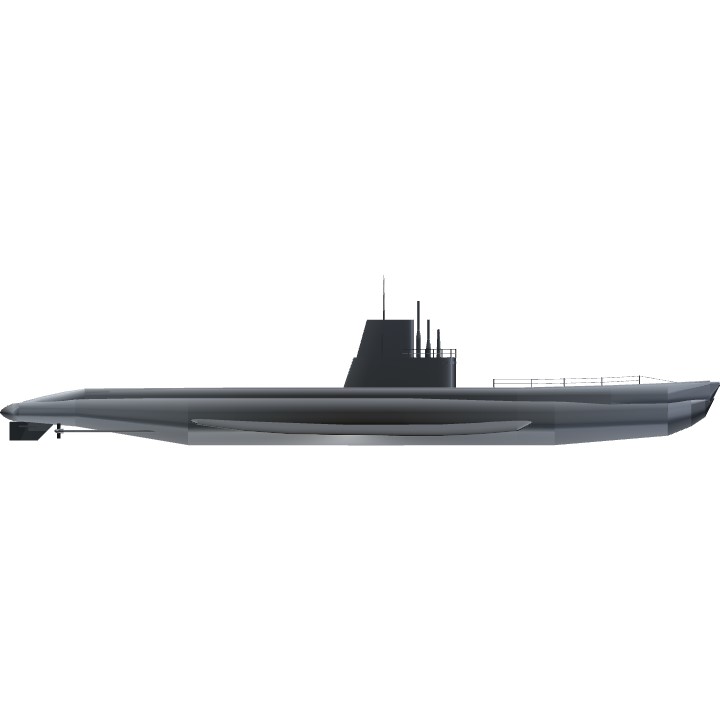
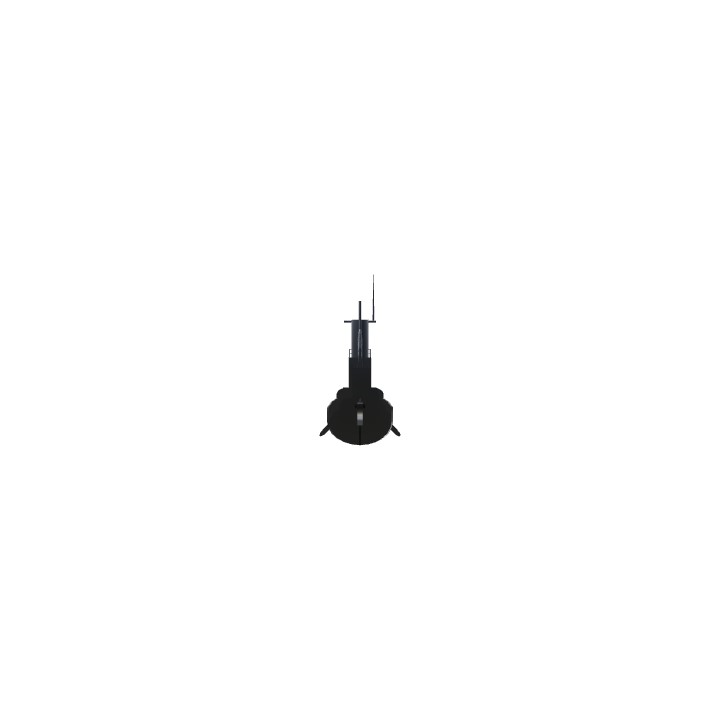
@CarsonG1017 ^^
Thirteen upvote for you, kaguya-sama
@AtlasSP :p
Seven upvote for you, kaguya-sama
@FastRacer023 ^^
One upvote for you kaguya-sama